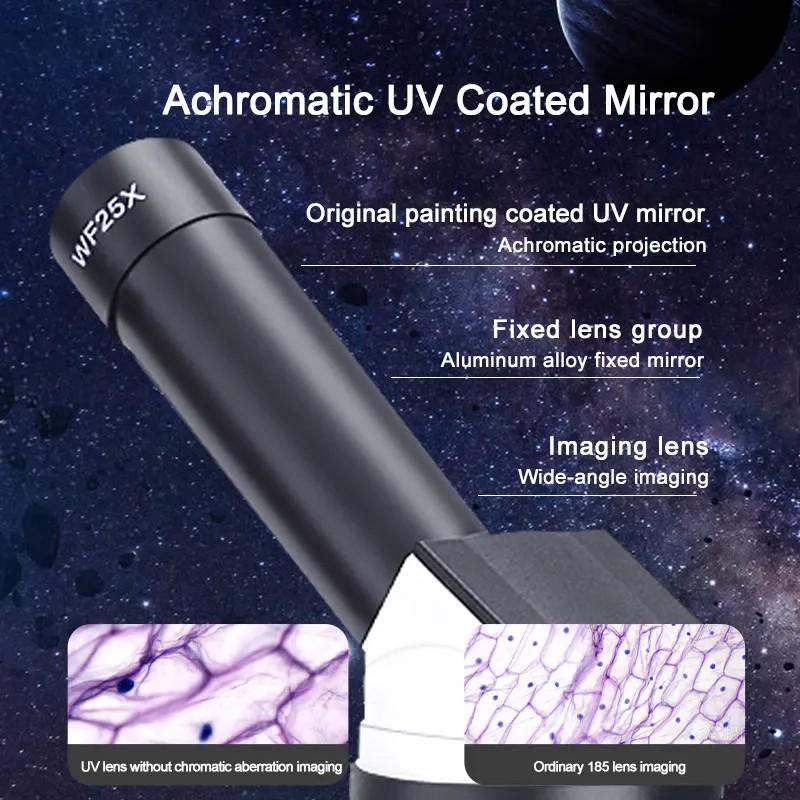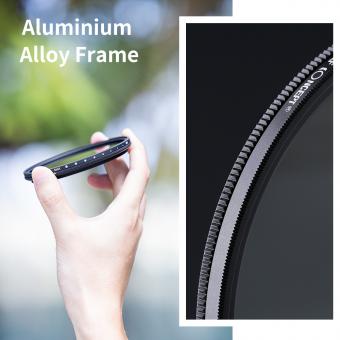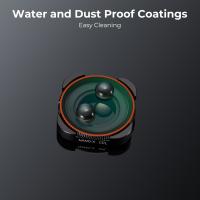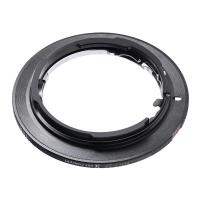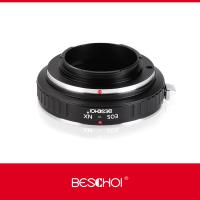Are Microscope Slides Reusable ?
Microscope slides are typically reusable, but it depends on the specific circumstances and the condition of the slide. In general, glass microscope slides can be cleaned and reused multiple times as long as they are not damaged or contaminated. However, it is important to properly clean and sterilize the slides before reuse to ensure accurate and reliable results. Disposable plastic microscope slides are also available, which are designed for single-use and should not be reused.
1、 "Microscope Slide Types and Reusability: A Comprehensive Overview"
Microscope slides are typically made of glass or plastic and are used to hold specimens for observation under a microscope. The question of whether microscope slides are reusable depends on various factors, including the type of slide and the nature of the specimen being observed.
Glass microscope slides are the most common type and are generally considered reusable. After use, they can be cleaned with a suitable cleaning agent, such as alcohol or detergent, and then rinsed with distilled water. However, it is important to note that some specimens may leave stains or residues on the slide, which may affect the quality of subsequent observations. In such cases, it is recommended to discard the slide and use a new one.
Plastic microscope slides, on the other hand, are often considered disposable and not intended for reuse. They are typically made of polystyrene or acrylic and are more prone to scratching and damage during cleaning. Additionally, plastic slides may not provide the same level of clarity and optical quality as glass slides.
It is worth mentioning that there is ongoing research and development in the field of reusable microscope slides. Some companies are working on innovative materials and coatings that allow for easier cleaning and reuse without compromising the quality of observations. These advancements may provide more sustainable and cost-effective options in the future.
In conclusion, while glass microscope slides can generally be reused after proper cleaning, plastic slides are typically considered disposable. However, it is important to assess the condition of the slide and the nature of the specimen before deciding whether to reuse or discard it.

2、 "Factors Affecting Microscope Slide Reusability: Current Understanding"
Microscope slides are commonly used in laboratories and educational settings for mounting and observing specimens under a microscope. The question of whether microscope slides are reusable is a topic of debate among scientists and researchers.
Traditionally, microscope slides were considered to be single-use items due to concerns about contamination and the potential for cross-contamination between specimens. Reusing slides was seen as a risk to the accuracy and reliability of experimental results. However, recent advancements in cleaning and sterilization techniques have led to a reevaluation of the reusability of microscope slides.
Factors affecting microscope slide reusability include the type of specimen, the staining method used, and the cleaning and sterilization process employed. Certain specimens, such as live cells or delicate tissues, may not withstand the cleaning process and may require a fresh slide for each observation. Similarly, staining methods that involve harsh chemicals or heat fixation may render slides unsuitable for reuse.
The cleaning and sterilization process is crucial in determining the reusability of microscope slides. Proper cleaning involves removing any residual specimen or staining agent, followed by thorough rinsing and drying. Sterilization methods, such as autoclaving or chemical disinfection, are then employed to eliminate any remaining microorganisms. It is important to note that the effectiveness of cleaning and sterilization methods may vary depending on the material of the slide, such as glass or plastic.
The latest point of view on microscope slide reusability suggests that under appropriate cleaning and sterilization protocols, slides can be reused without compromising experimental results. However, it is essential to consider the specific requirements of each experiment and exercise caution to prevent contamination or cross-contamination. Regular monitoring and quality control measures should be implemented to ensure the integrity of reused slides.
In conclusion, the reusability of microscope slides is influenced by various factors, including the type of specimen, staining method, and cleaning and sterilization process. While recent advancements have made it possible to reuse slides, it is crucial to exercise caution and adhere to proper cleaning and sterilization protocols to maintain the accuracy and reliability of experimental results.

3、 "Cleaning and Sterilization Techniques for Reusable Microscope Slides"
Microscope slides are typically made of glass or plastic and are used to hold specimens for observation under a microscope. The question of whether microscope slides are reusable depends on the specific type of slide and the intended use.
Glass microscope slides are commonly used in laboratories and educational settings. These slides can be reused after proper cleaning and sterilization. Cleaning techniques for glass slides involve removing any residual specimen material, such as cells or tissue, by soaking the slides in a cleaning solution or using a brush to scrub them. After cleaning, the slides can be sterilized using methods such as autoclaving or chemical disinfection.
Plastic microscope slides, on the other hand, are often designed for single-use and are not intended to be reused. These slides are typically made of disposable materials, such as polystyrene or polypropylene, which may not withstand the cleaning and sterilization processes required for reuse. Reusing plastic slides can lead to contamination and inaccurate results.
It is important to note that even with proper cleaning and sterilization, there may still be a risk of residual contamination on reused glass slides. Therefore, in certain applications where accuracy and reliability are crucial, it is recommended to use new, sterile slides for each experiment or observation.
In recent years, there has been a growing interest in developing reusable microscope slides that are specifically designed for multiple uses. These slides are often made of durable materials, such as borosilicate glass, and are designed to withstand repeated cleaning and sterilization cycles without compromising their integrity. However, the adoption of reusable slides in research and clinical settings is still limited, and further studies are needed to evaluate their performance and safety compared to traditional single-use slides.
In conclusion, while glass microscope slides can be reused after proper cleaning and sterilization, plastic slides are typically designed for single-use only. The decision to reuse slides should be based on the specific application and the level of accuracy and reliability required.

4、 "Advantages and Disadvantages of Reusing Microscope Slides"
Microscope slides are thin, flat pieces of glass or plastic used to hold specimens for examination under a microscope. The question of whether microscope slides are reusable depends on various factors.
Microscope slides can be reusable to some extent. After use, slides can be cleaned and sterilized for future use. This can be advantageous in terms of cost-effectiveness and reducing waste. Reusing slides can also be convenient when working with limited resources or when conducting repetitive experiments.
However, there are several disadvantages to reusing microscope slides. Firstly, there is a risk of contamination. Even after cleaning, some microorganisms or chemicals may remain on the slide, potentially leading to inaccurate results or cross-contamination between samples. Secondly, repeated use can cause wear and tear on the slide, leading to scratches or damage that may affect the quality of the specimen or the clarity of the image. Additionally, reusing slides may require additional time and effort for cleaning and sterilization, which can be impractical in certain laboratory settings.
In recent years, there has been a shift towards using disposable microscope slides. These slides are made of plastic and are designed for single-use only. Disposable slides eliminate the risk of contamination and ensure consistent quality for each experiment. They also save time and effort as they do not require cleaning or sterilization. However, the use of disposable slides contributes to plastic waste, which is a growing concern for environmental sustainability.
In conclusion, while microscope slides can be reusable, there are advantages and disadvantages to consider. The decision to reuse slides or opt for disposable ones depends on factors such as cost, convenience, and the specific requirements of the experiment or laboratory. The latest point of view leans towards the use of disposable slides to ensure accuracy, consistency, and minimize contamination risks, while also considering the environmental impact of plastic waste.
